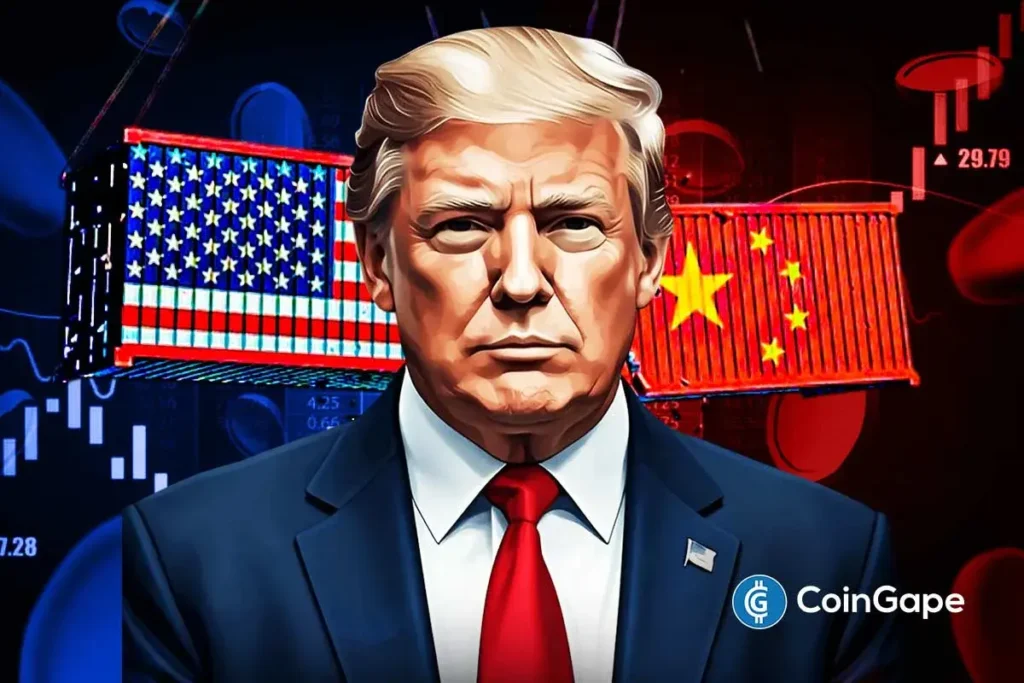Resuming U.S.-China Trade Negotiations: A New Chapter in Tariff Talks
In recent developments, trade teams from the United States and China have reignited negotiations concerning the Trump tariffs just ahead of a highly anticipated meeting between the two nations’ presidents set for October 30. This marks a significant moment in the ongoing trade saga between the two economic giants, especially in light of the strained relations that have defined their interactions over the past several months.
The Meeting in Malaysia
On a Saturday morning in Kuala Lumpur, Chinese Vice-Premier He Lifeng and U.S. Treasury Secretary Scott Bessent initiated a new round of trade discussions. These talks are critical as they represent the latest endeavor to mitigate tensions following a series of retaliatory measures sparked by the trade war that commenced under President Donald Trump. According to China’s Ministry of Commerce, the agenda for this meeting is focused on "issues crucial to economic and trade relations," although detailed information has been kept confidential. The meetings are expected to persist throughout the day and potentially extend into Sunday, highlighting the urgency and importance of these discussions.
The Context of Ongoing Dialogues
This recent meeting is particularly notable as it marks the fifth in-person interaction between He Lifeng and Bessent since the trade war escalated earlier this year. Just prior to these discussions, a video call between President Trump and President Xi Jinping provided a framework for current negotiations. This reconvening underscores the necessity of dialogue amid escalating trade tensions, as both countries seek to stabilize their economic futures.
Upcoming Presidential Summit
With significant diplomatic stakes at play, White House Press Secretary Karoline Leavitt has confirmed that the two presidents will convene later this month in Washington. This meeting will be their first in-person encounter since Trump took office, making it a pivotal event for both nations. Analysts suggest that a fruitful summit could result in temporary rollbacks of tariffs, particularly those impacting U.S. agricultural exports, which have been significantly affected by China’s previous restrictions on soybean imports.
Strategic Discussions on Tariffs
Before the upcoming summit, preliminary discussions are being closely monitored by industry experts and political analysts. While specific details remain largely undisclosed, the dialogues are primed to set the groundwork for further negotiations at the subsequent Asia-Pacific Economic Cooperation (APEC) summit in South Korea. President Trump emphasized that agricultural trade and regional security remain vital topics as he prepares for his Asia tour. This focus is indicative of the broader strategy aimed at alleviating some of the Trump Tariff, which currently stands at approximately 157%.
Global Market Impact and Future Implications
The renewed rhetoric surrounding the potential easing of tariffs has already had a noticeable impact on global markets. Reports indicate that investors, referred to as the "Trump insider whale," are closing Bitcoin short positions, reflecting growing optimism that a new trade framework could stabilize international risk assets. This atmosphere of cautious optimism has led to a rebound in major cryptocurrencies and stock indices, demonstrating how interlinked trade policies are with market dynamics.
Conclusion: A Leap Towards Resolution
As these trade negotiations unfold in Malaysia, there is hope for a transformative shift in U.S.-China relations. The convergence of high-level officials and the upcoming presidential meeting lays the foundation for potential reforms that could reduce tariffs and restore equilibrium in agricultural trade. Looking ahead to the APEC summit and beyond, the implications of these discussions will likely resonate throughout the global economy, making these negotiations a critical focus for stakeholders worldwide.

















